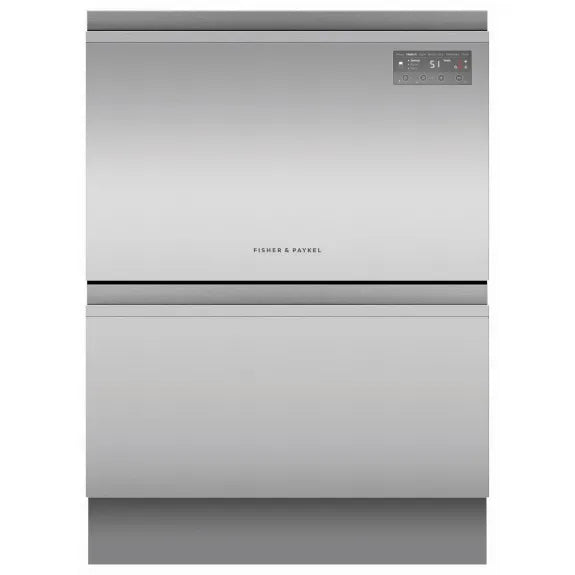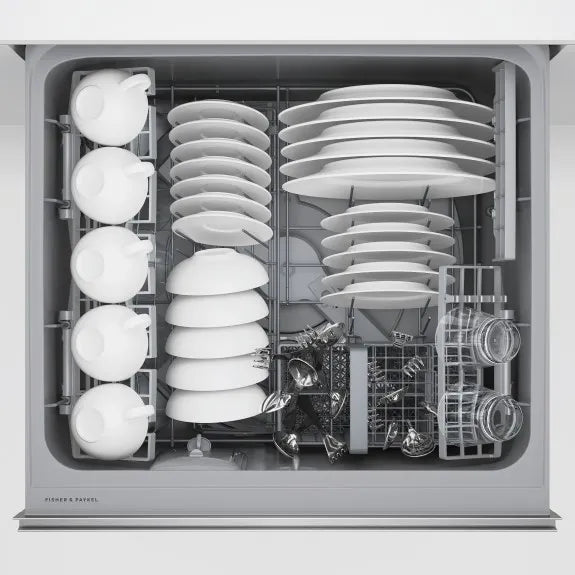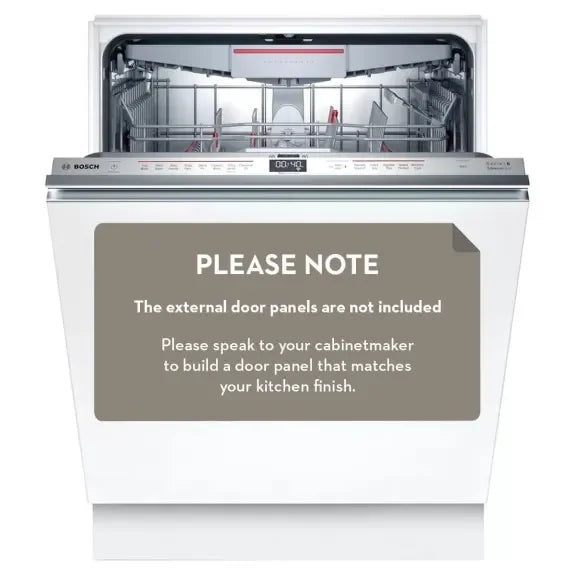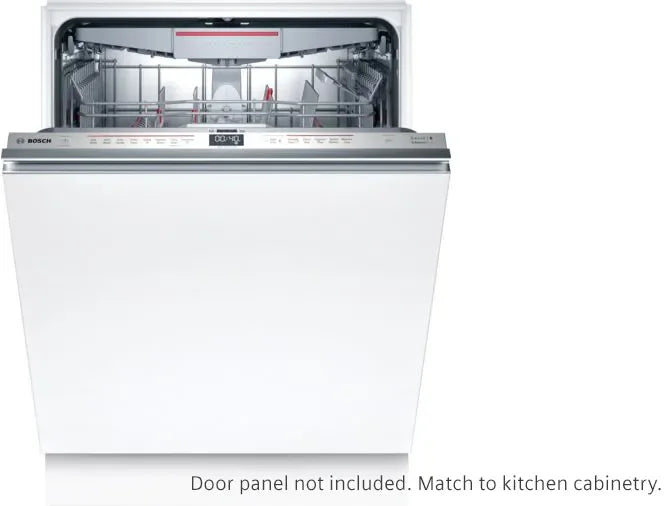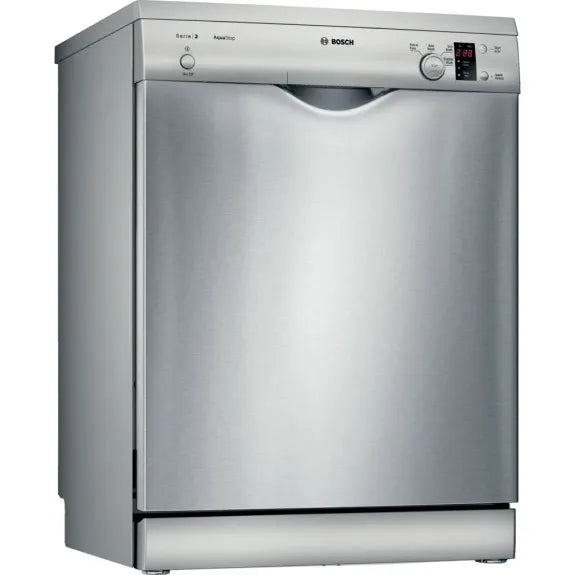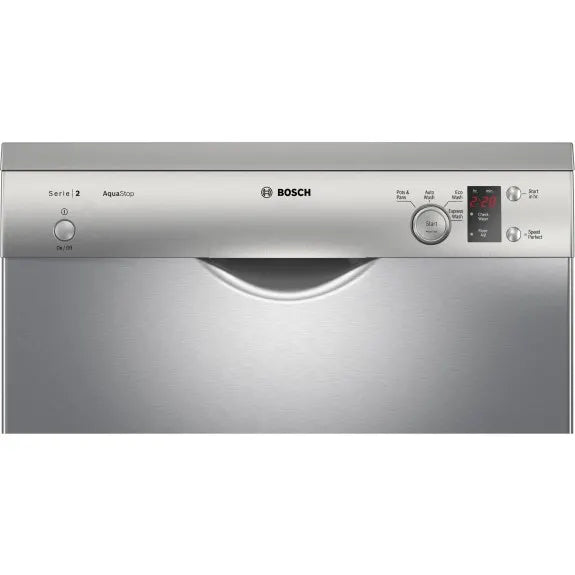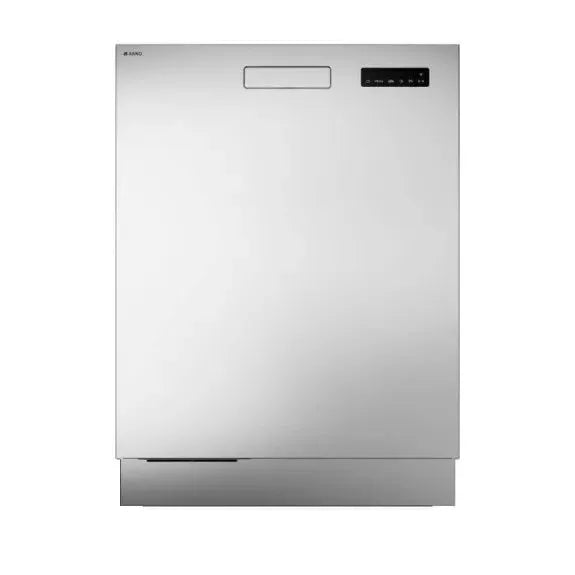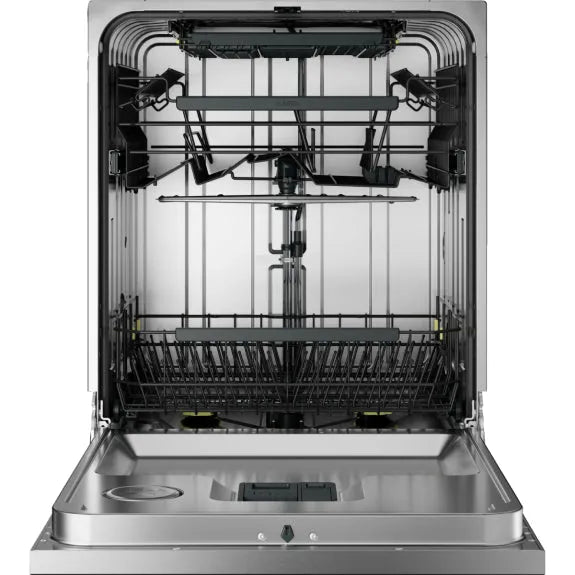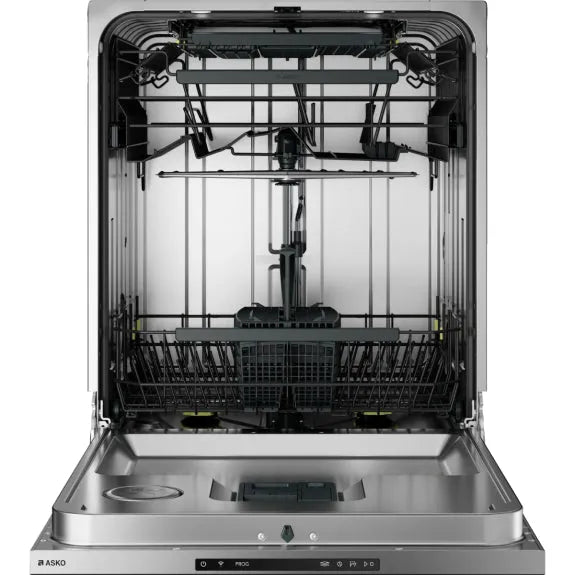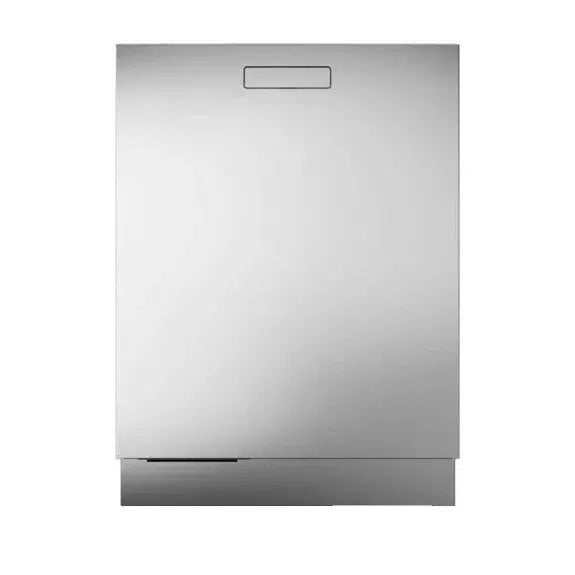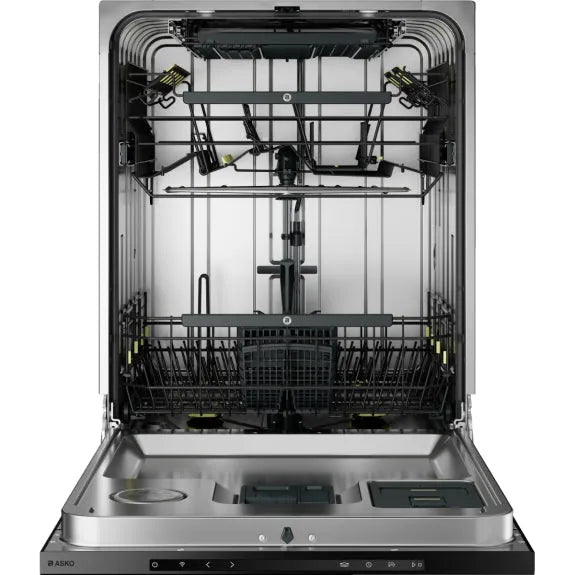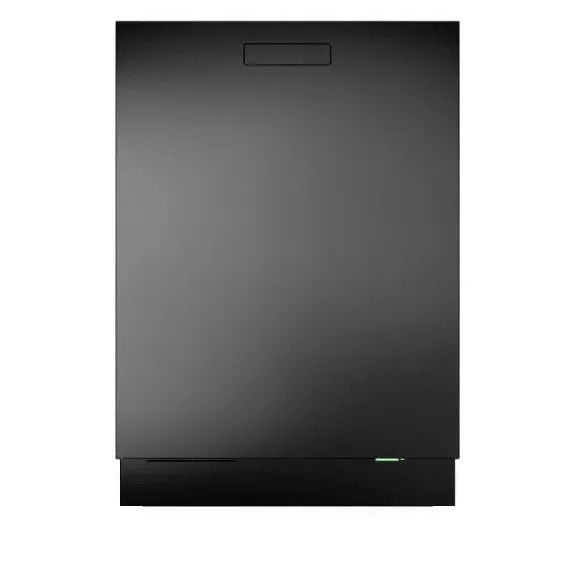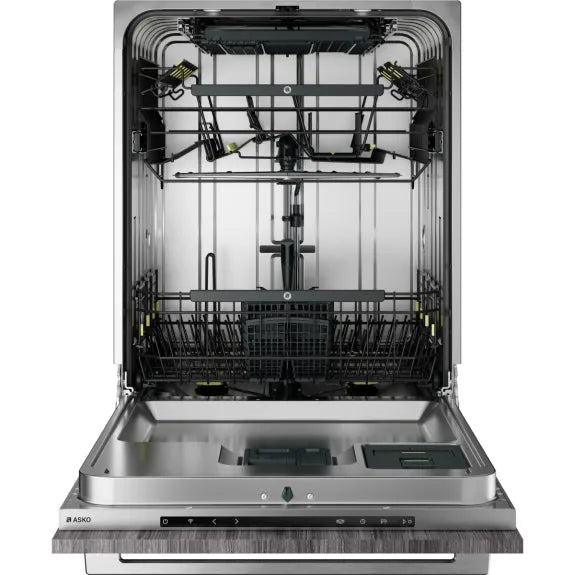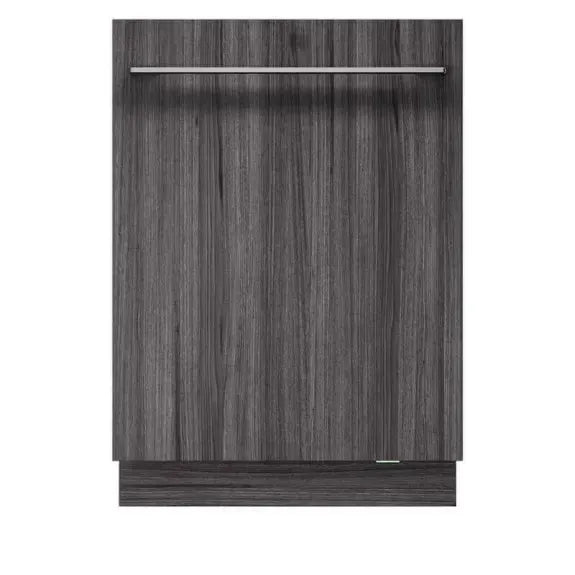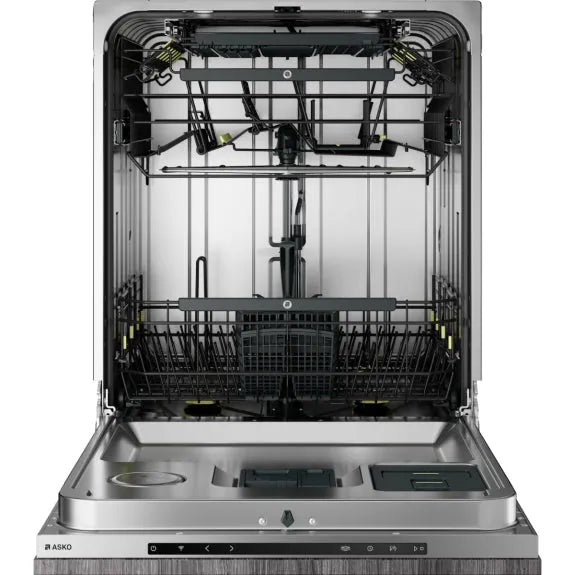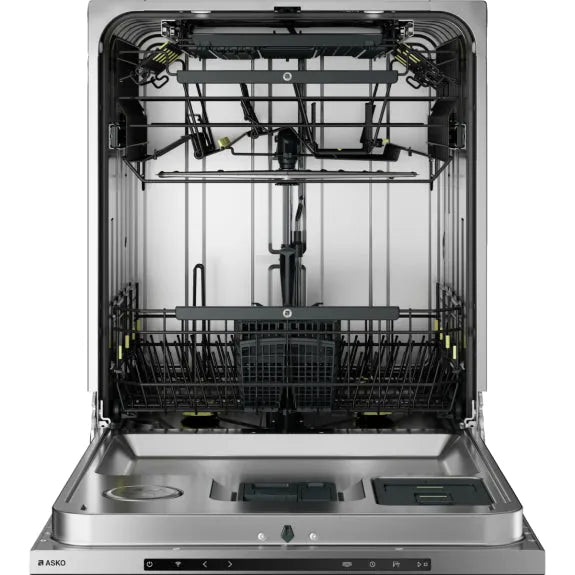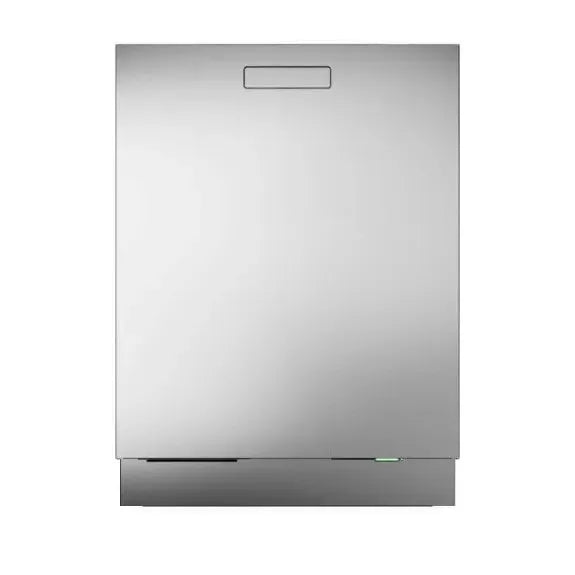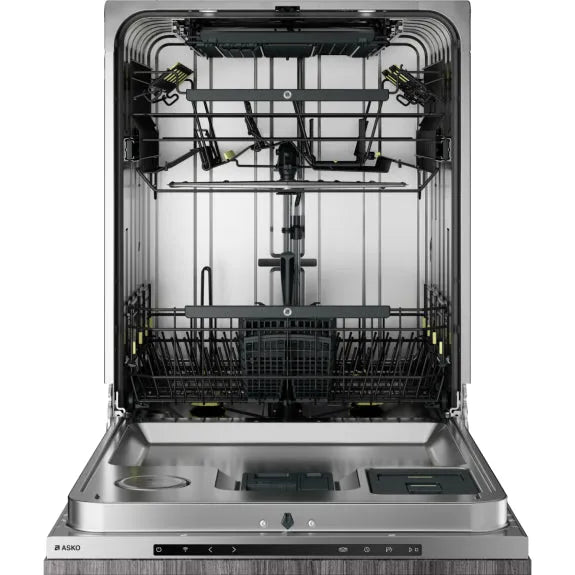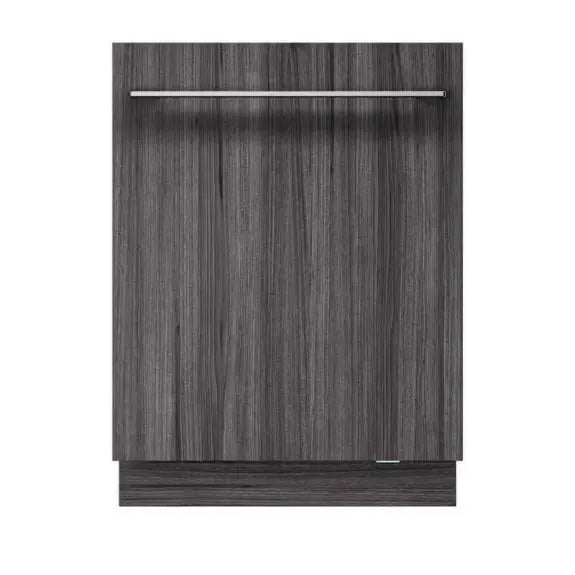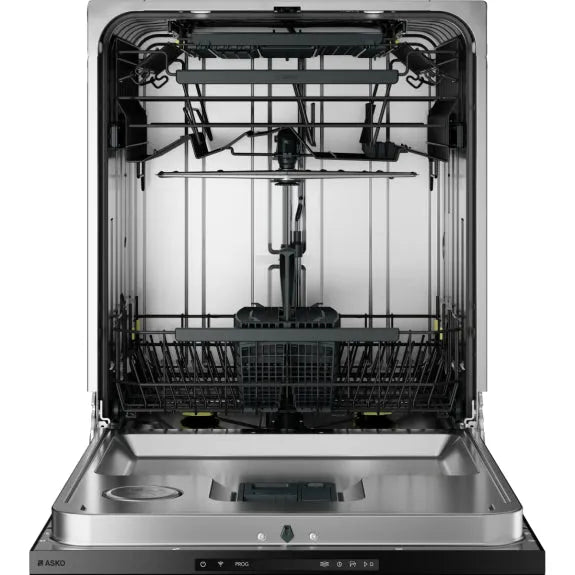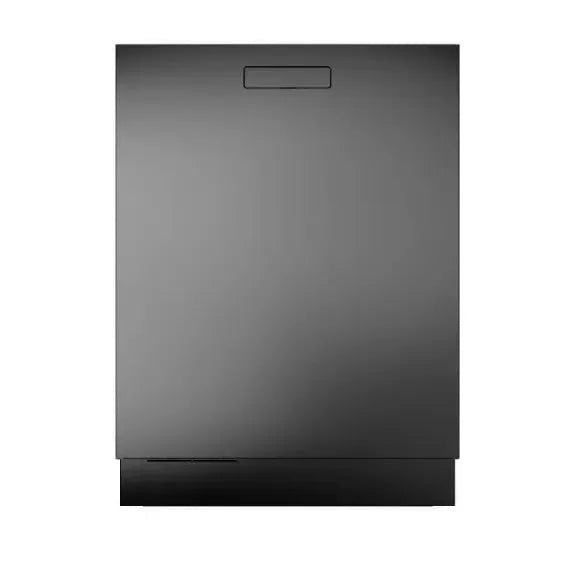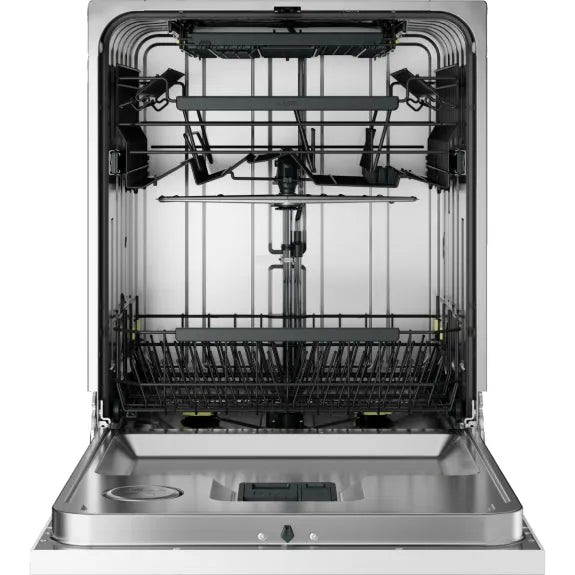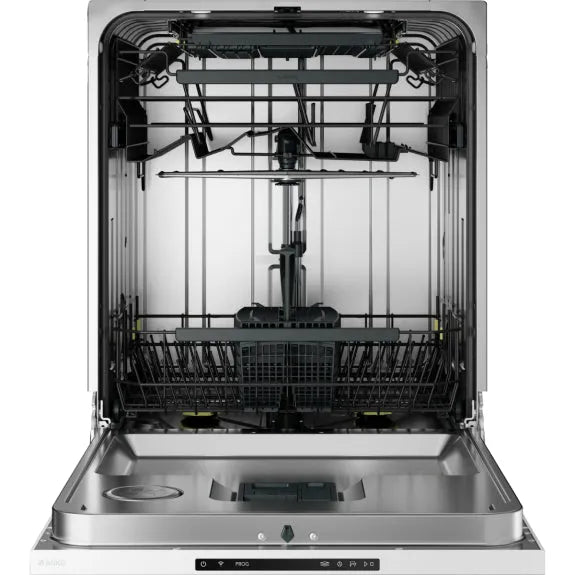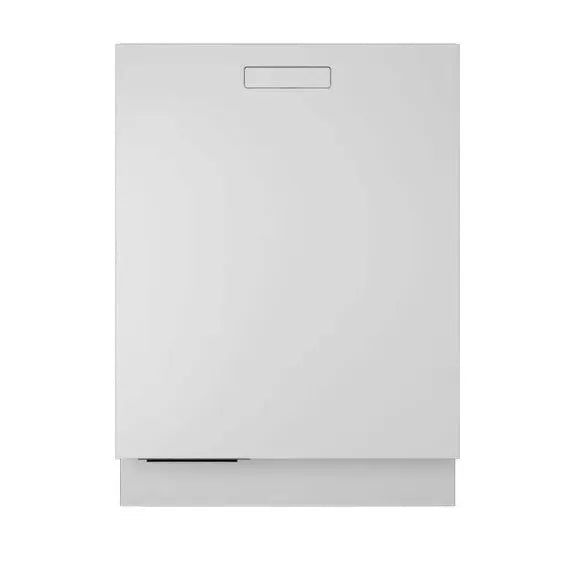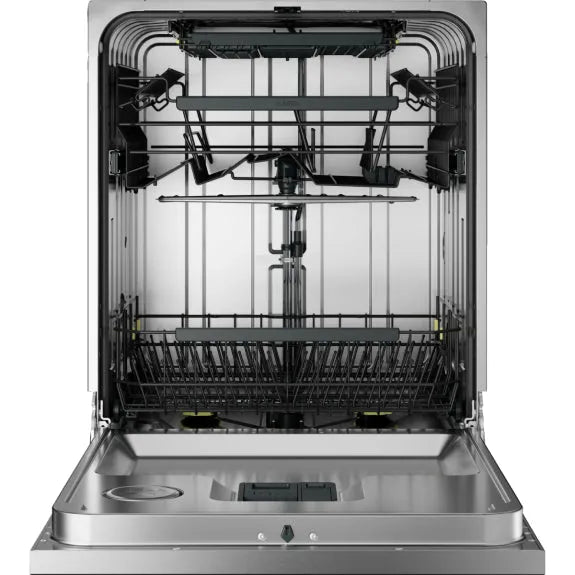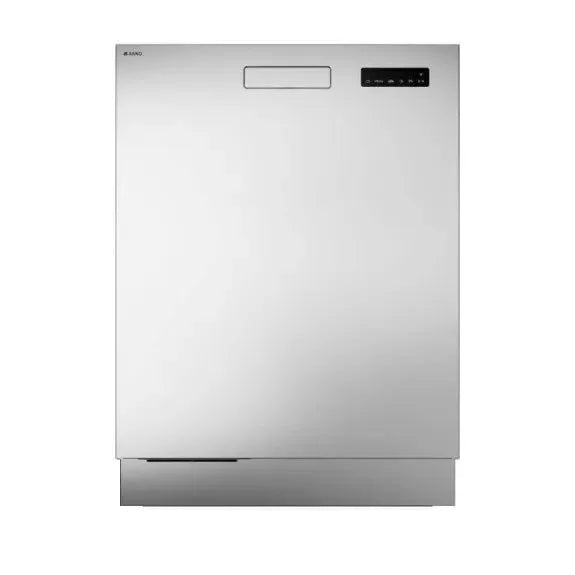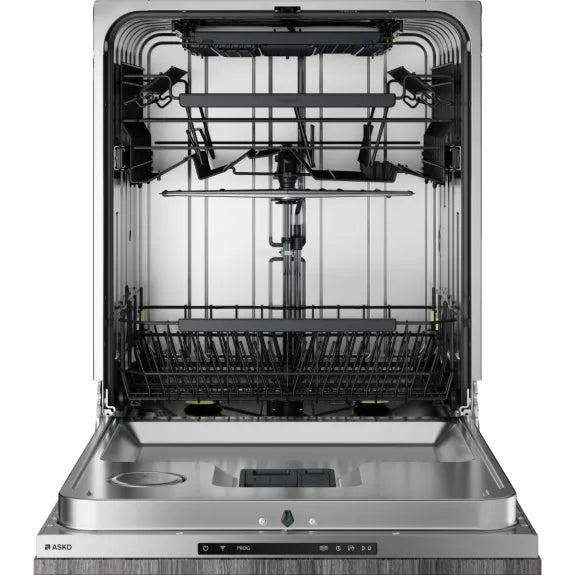
Dishwashers and Dishdrawers
53 products
Showing 1 - 24 of 53 products
Dishwashers and Dishdrawers
The dishes. It’s just a never ending cycle of eating, washing and cleaning. With so many different units on the market, how do you pick a good dishwasher? What are the different types? Are there any hidden running costs?
What are the different types of dishwashers?
Dishdrawers
As I mentioned above, one type of dishwasher is the dish drawer. Instead of your typical style of dishwasher where the door is hinged at the bottom and opens outwards to reveal to internal trays. Dishdrawers open the same way as a kitchen drawer, the whole tray still slides out in the same way, as its traditional counterpart, with the front panel a fixed part of the dishwasher. The dishdrawer can come as a single drawer, and be mounted part way up your kitchen cabinetry, or as a double drawer to fit average measurements on an existing dishwasher cavity.
Freestanding Dishwasher
A freestanding dishwasher stands freely without the need to be fixed to cabinetry. This type is built with sides and a top. Sometimes the top is removable which can be handy if the bench you are installing it under is a few mm too low to fit the unit. Freestanding units can also be a good option for renters who would like to a dishwasher, as it can easily be taken with you and requires no screws.
Built-In Dishwasher
A built in dishwasher needs to be secured to your cabinetry, as it does not have the same weight in the bottom as the freestanding units. That weight in the botton prevents it from tipping forward when the door is opened. Most times these units are produced without a top, giving you a more flush fit with the top of the bench and a slightly larger internal space, making it more spacious for a cutlery tray at the top.
Semi-Integrated, Integrated, Fully Integrated.
This refers to the product not having a “front” so that you can get a cabinet panel to match your kitchen and have it seamlessly blend in. Exact terms vary between brands, but the two different styles of integration will either have a small control panel on the front, being only semi or partially integrated in your cabinetry. Fully integrated however look like every other kitchen cabinet and is hidden until you open the dishwasher to reveal the control panel on the top edge. Both the traditional style of dishwashers and dishdrawers can be integrated, however they cost more than there unhidden counterparts.
What do I need to look at when comparing dishwashers?
Size matters
Before you go shopping, measure the space you’re going to put it in. Whilst the “standard” height of a benchtop is 900mm, practical bench install heights can range between 850mm – 1050mm. Majority of dishwashers are made to fit snuggly inside of a 60cm width, 60cm depth cavity. Capacity of a dishwashers are measured in “place settings” but exactly what is considered a place setting will vary from brand to brand. However as a general rule of thumb;
6-9 place settings 1-2 person household
9-12 place settings 3-4 person household
13+ place settings 4+ person household, frequent entertainers
Wash Settings
A bigger option of wash settings isn’t always better. But make sure to check for programs that fit the way you will use, or think you’ll use your dishwasher. Busy households may benefit from a quick wash setting. If you plan to use your dishwasher at night, delay start combined with a quiet program might be features to prioritise. A heavy wash setting will be slightly louder and use a little more electricity. But it could become your favourite program if you have a lot of dishwasher-safe pots.
To cutlery tray or not to cutlery tray?
Generally if you have owned a dishwasher before, you will have a strong opinion on whether a cutlery tray or a cutlery basket is “better”. They both have their own strong points, but if you and your partner just cannot agree on which is better there are models out there like this Asko dishwasher that include both. And it’s cheaper than getting a divorce.
Running features
Three running features I urge you to look at is; decibel rating, energy rating and water usage. This gives you a good snapshot of how loud and how expensive it will be to run.
The quietest dishwashers these days run at between 40dBa-45dBa. To put this in perspective a “quiet library” is regarded as 40dBa, a refrigerator hum at 50dBa and an electric toothbrush at 60dBa.
Energyrating.gov.au calculates yearly energy consumption by running one cycle every day. So to get your per wash energy usage, divide this number by 365.
Water consumption is already based per wash. When you consider that the average kitchen sink holds 15-18L of water to wash up, most dishwashers use less water than handwashing.
How Long Should They Last?
Many on average, feature a 10-year life expectancy. Units that are used daily will start to show signs of ageing around the 7 to 10 year mark, so it’s worth investing in careful cleaning and maintenance.
Tip: Observe the manufacturers warranty to enjoy greater peace of mind, most brands feature a warranty period of 2 to 5 years. The longer the warranty, the longer you can use the dishwasher with peace of mind.
Tips for Cleaning
Maintain a well-performing dishwasher for longer with the below cleaning tips and tricks:
-
Use a cleaning agent and a soft cloth to wipe down the exterior
-
Remove and clean the filter regularly: simply rinse in warm water and use a soft brush to scrub off built-on particles
-
Run a cleaning tablet or liquid every few months to clean the interior of the unit.
-
Alternatively, run a hot wash cycle with a cup of vinegar on the top rack
-
Remove accessories like the cutlery basket or tray and scrub with a soft brush or toothbrush to remove any stuck-on food particles

